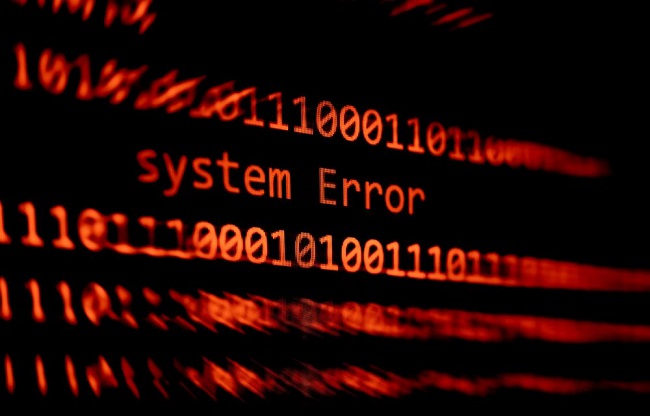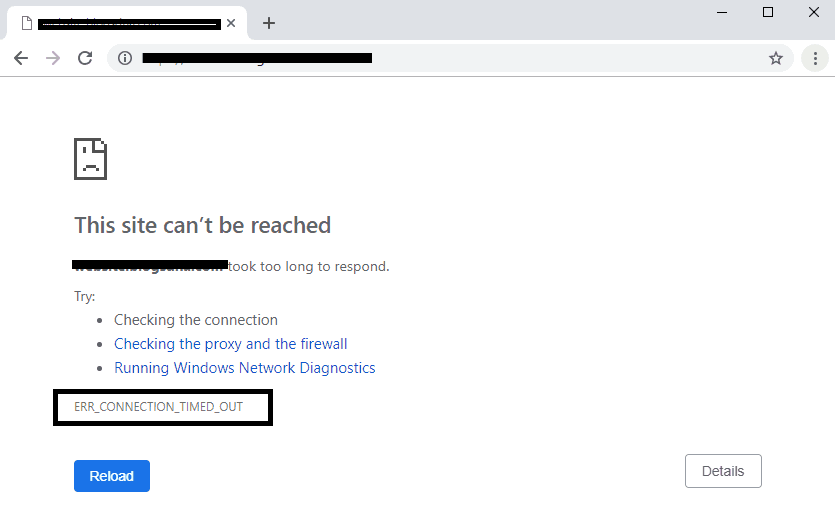Restarting your computer is a smart idea if you’re experiencing problems with its performance. For minor issues, though, restarting the computer isn’t enough. To clear a virus or fix an issue with the operating system or hard drive, you need do a factory reset on your computer.
Resetting Windows restores it to its original factory settings, much as it does on mobile devices. This includes all of the installed apps as well as any personal information or other data. It then reinstalls Windows and all of the original applications and files. As a result, your PC appears to be brand new.
As a rule, resetting is a simple job that doesn’t cause any issues. A pop-up window stating that “there was an error resetting your PC” may appear on the computer. Fixing your PC could be hampered if you encounter this problem. It could result in a computer that won’t start up.
Even Microsoft has acknowledged that this is a problem. In addition, they’ve included a list of possible triggers for this problem.

Windows 10 was already pre-installed on your computer. In this case, it signifies that you haven’t upgraded from Windows 8. In order to save disc space, the manufacturer has enabled compression. Use the USB recovery drive feature to create your own USB recovery disc.
Resetting your computer is then done using this recovery disc. Errors with resetting can be caused by any one of these circumstances. Routine work could be hampered. In order to fix this problem, a few procedures must be taken. You’ll find a variety of ways to fix your computer and get it up and running in this post.
Read Also:
- ERR_CONNECTION_CLOSED
- DNS_PROBE_FINISHED_NXDOMAIN
- io.netty.channel.abstractchannel$annotatedconnectexception
There Was a Problem Resetting Your PC In Windows 10/8/8.1
You may be able to fix your PC and get rid of this issue by using the methods listed below. Windows 8 and 8.1 would also benefit from these techniques. However, there may be a few minor differences in the process.
1. Rebooting
Pressing a key to start up the computer is the final step in the process. Do this, and the computer will boot up. Continue on to Step 5 if you don’t see this message.
As a last resort, if you don’t receive the above notice, it may be necessary to change the boot order. The BIOS has the option. The actions listed below will assist you:
When the manufacturer’s logo appears on the screen after your PC begins, hit Esc or F8, F12, or F10. When the logo appears, the button to press is sometimes written in the corner of the screen. Selecting the BIOS setup utility or boot options is the next step (whatever appears on your PC)
The main menu can be accessed by selecting the Boot choices. There will be a wide range of choices. Selecting ‘Boot from USB’ is the appropriate option to make. Choose the CD/DVD option if it is what you intend to use as a recovery medium.
2. Recovery From a Lost Drive
Using this method could result in the loss of all of your personal data. So, be careful when utilising this. ‘
Place your USB data recovery disc into your PC’s USB port. When the computer prompts you to do so, press any key. On the Windows installation screen, select the option to Repair your computer. Select Troubleshoot in Step. Using the Advanced options, select Recover from a drive and then click Next.
3. Use bootrec.exe
You already have Bootrec.exe installed on your computer. Fixing a Windows boot problem with this programme is a breeze. However, it’s not a surefire way to get the results you’re looking for. There is no guarantee that it will work for you unless you try it out. The first few stages are the same for all of them.
Step 1: The first step is to connect the PC to the backup device. When prompted, press any key to restart the computer. The third step is to choose It’s on the Installation window that you can fix your machine. Select Troubleshoot in Step.
Step 2: Next, select the “Advanced” tab. Launch a Command Prompt The following code should be entered in step. Enter after each line of text.
/fixmbr /bootrec /
fixboot /bootrec
/scanos /boot
reboot and repair
You can see the current status of all your commands at the command prompt. Check to see whether the booting problems have been resolved by restarting the PC.
When you finish this step, you’ll receive a tutorial to installing Windows. Complete the reinstallation by following the on-screen directions.
4. Using SFC and DISM
Using this procedure, you can fix faulty Windows files and restore your computer. Step-by-step instructions are below.
Step 1: On the new page that displays, select “Repair Your Computer” from the drop-down menu. Go to Troubleshoot in Step. Go to the Advanced menu and select your settings. Select Command Prompt in step.
Step 2: When the command prompt appears, type in sfc /scannow and hit Enter. ‘x:’ is the Windows installation drive, and ‘x:windows’ is the path of the directory. The drive letter where Windows is installed should be used instead.
Step 3: The DISM procedure should also be carried out after this. The PC is repaired with the help of the installation disc. Command Prompt: Type in the following commands to do so
Enter mkdir c:mount to begin.
DISM.exe /mount-Image /ImageFile:x:sourcesinstall.wim /index:1 /mount is used to mount the image.
Entering the command dir:C:mount /readonly
Step 4: A notification will appear on the computer’s screen stating that the picture has been successfully mounted. When the process is finished, you’ll know.
Using dism.exe /Cleanup-Image /RestoreHealth /Source:c:mountwindows /LimitAccess, click Enter to complete the process.
Any corrupted files should be repaired after this.
5. Perform a System Restore
System Restore is required for this approach. System restore points can be found by following these instructions.
Step 1: Restart the computer by inserting the USB recovery device and pressing any key. Second, on the Install page, select “Repair.” Select Troubleshoot in Step.
Step 2: This is the fourth and last step, so select Advanced choices. After you’ve searched for System Restore, click on it.
Your PC will now show you all of its previous System Restore Points, as seen in Step 6. Decide on the most recent and adhere to the directions.
Read Also:
Conclusion
The inability to start your PC due to a reset error might be quite inconvenient. As a result of this essay, I hope you were able to quickly fix your computer. When all else fails, you may want to seek the help of a local computer repairman.





Leave a Reply